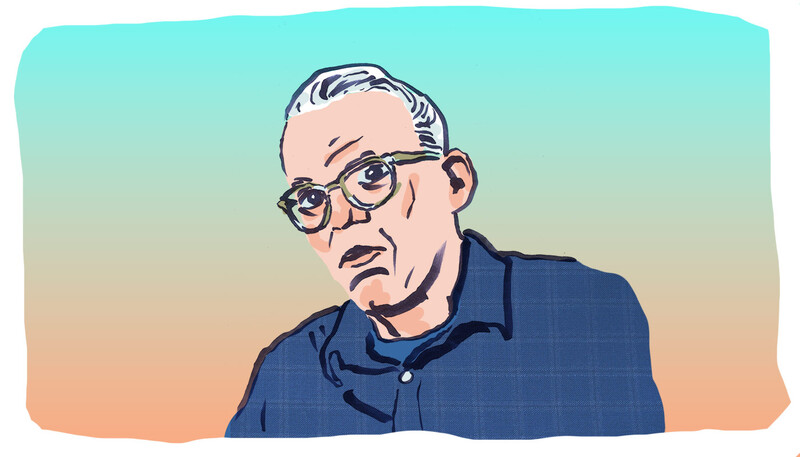Sree Sreenivasan, a new-media expert who for the past seven years served as the journalism school’s dean of students, is now the University’s first chief digital officer.
In his new role, Sreenivasan is developing a plan to expand Columbia’s online education programs.
“The first step is to figure out which of our online offerings work best, which ought to be scaled up, and whether there are altogether new opportunities we should pursue,” he says. “For the next few months, I’ll be listening and observing.”
Several of Columbia’s schools already run online degree or certificate programs. The schools of engineering and continuing education, for instance, offer electronic courses that enable students anywhere in the world to watch video lectures and submit assignments online. Others, including the journalism school, provide digital workshops for professional development.
Columbia has taken a more cautious approach in developing online courses than many of its peers, however. In the past year, more than a dozen major universities, including several Ivies, have begun offering free massive open online courses, or MOOCs, through private technology companies such as Coursera, edX, and Udacity. None of these ventures have a revenue stream, but given their popularity — a Stanford course on artificial intelligence enrolled 160,000 people last year — many higher-education officials expect that they will eventually make money, perhaps through tuition or advertising.
Sreenivasan says that he and other Columbia officials are in no hurry to involve the University in enterprises such as these.
“The possibilities are exciting because so many people can access your faculty’s teaching for the first time,” he says. “But how do you control the quality of that education? That’s still a big question. The prudent course for Columbia, I think, is to see how this online landscape develops a bit further. There’s certainly no need to rush into anything.”
As chief digital officer, Sreenivasan is also looking for ways to expand the use of technology in traditional courses. Today, many Columbia faculty supplement their instruction with online tools, such as interactive websites that enable students to comment on one another’s class projects.
“Over the past 250 years, Columbia has learned to do something special in the classroom,” says Sreenivasan. “How can technology enrich the learning experiences of all Columbia students? My job is to figure out a thoughtful and strategic way to accomplish that.”



